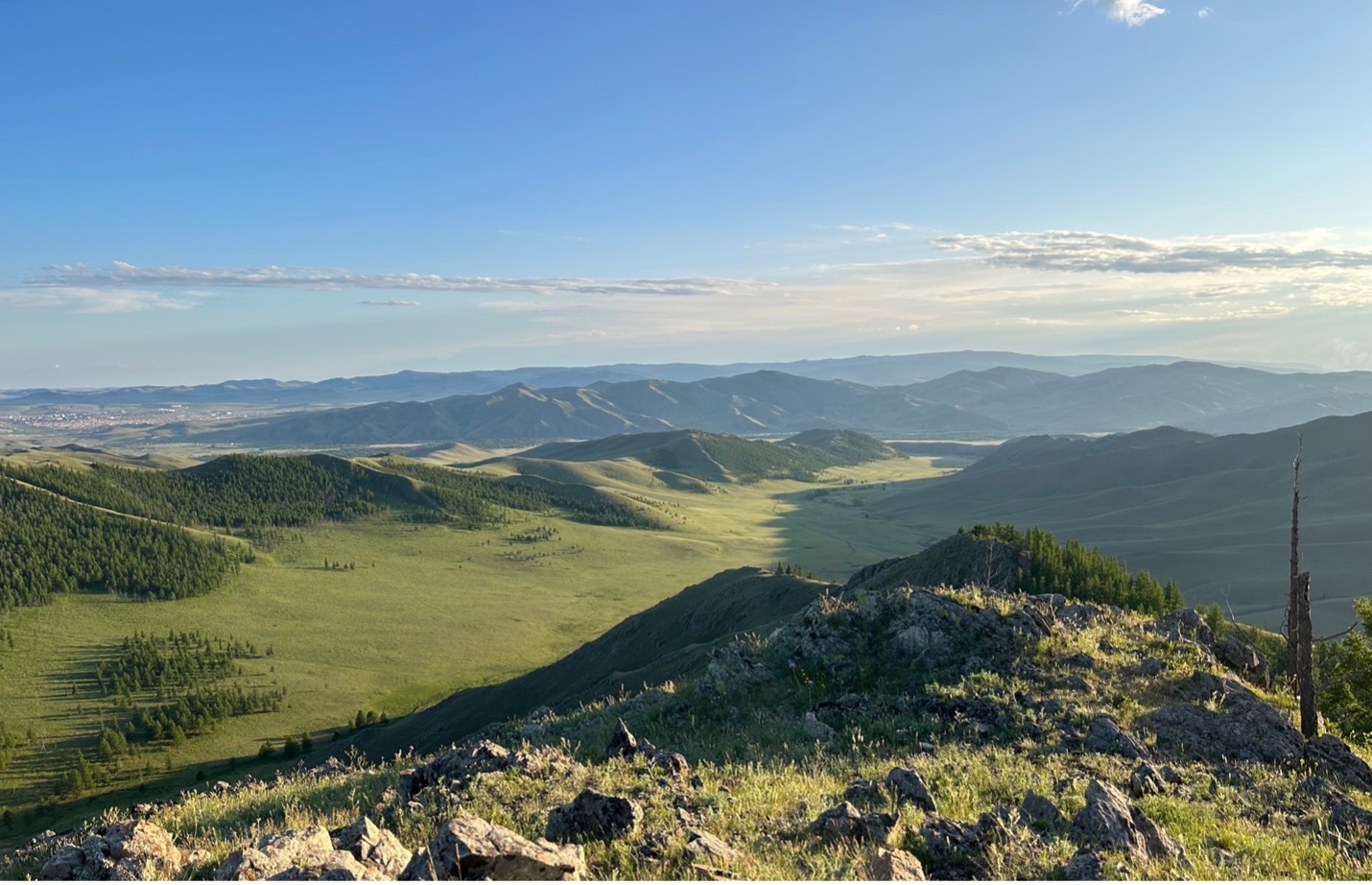
What’s Old is New Again in the Wilderness
Patrick Burns, MD
Chair-elect, ACEP Wilderness Medicine Section

The warm early June sun danced through the low cloud cover as we looked at the river crossing. It was too deep to cross – we had to turn back. There were only a few traditional gers (yurts) speckling the Mongolian horizon as wild horses ran by our jeep in this open valley. We were lost and stopped at a ger to ask for assistance. Mende, our local driver, asked for directions and the hospitable Mongolians nomads offered me fresh, homemade yogurt. This was a very large bowl, made with care, that I could hardly refuse. I offered some to Mende, and he declined, making me fear that my GI tract may be in for an unsettling afternoon.
I was serving as medical director for a 250 km expedition length, self-supported ultramarathon in the vast open spaces of Mongolia and didn’t really have time to be ill. As I finished the yogurt and thought of the various pathogens that I may have been exposed to, thanked the nomadic family for directions and sustenance, we sped away in the direction of our checkpoint. As Mende deftly navigated the offroad terrain, I turned and asked him about his thoughts on eating marmots as a pre-race risk mitigation meeting brought up recent cases of Yersinia pestis deaths that made international headlines.
Bubonic Plague Strikes in Mongolia – Why it is still a threat
European Tourists Quarantined in Mongolia After Two Die of the Bubonic Plague.
The “Black Death” was most notably responsible for killing an estimated 1/3 of Europeans in the 14th century, caused by Y. pestis. Y. pestis is a gram-negative coccobacillus that is a facultative intracellular organism that can survive inside of macrophages. It is a zoonotic infection of rodents as well as wild and domestic animals. Humans acquire the plague through rodent flea bites, scratches or bites from infected animals, handling of infected tissue, consumption, and inhalation of infected respiratory secretions.
Clinically, disease can manifest by sudden onset of fever, chills, weakness and headache and progress to sepsis, pneumonic plague or bubonic plague with the characteristic painful swellings (‘bubos’) often in the inguinal lymph nodes which become hot, red and painful. The inflammatory response can lead to hemorrhages under the skin causing blackish discoloration, lending to the term “Black Death”.
Untreated, bubonic plague can carry a mortality rate between 50 – 90%. Though prompt antibiotic treatment is vital to substantially reduce mortality, difficulty in identification and quarantine can lead to spread. Post exposure antibiotic prophylaxis is recommended for those with potential close contact, but the efficacy is unclear.
For context, the World Health Organization reported that from 2010-2018 there were 4420 worldwide cases of Y. pestis in humans resulting in 751 deaths though these were likely underreported.
So what did this mean for the risk on the race?
According to the National Center for Zoonotic Diseases at the Mongolian Ministry of Health, of the 73 reported cases of plague in Mongolia since 1998, 59% have been associated with close contact with infected marmots and 7% with eating raw marmot organs. The most recent cases described were a result of eating raw marmot meat.
This would be a low likelihood but high consequence risk on this race, but we were prepared with appropriate antibiotics and had a quarantine and evacuation plan to the closest medical facility 6 hours away. Our advice for the competitors was our standard plea to stay away from all wild animals. I was reassured that competitors had to carry all of their food for the entirety of the race, and it was not allowed to accept food from locals to mitigate unfair racing advantage.
As I sat in the jeep speeding across the Mongolian steppes, yogurt making its way down my GI tract, Mende turned to me and described how much he enjoyed Marmot meat and then described the method of cooking the meat in detail as a large smile crossed his face. It was arguably his favorite food. Luckily, data suggest that thorough cooking efficiently inactivates Y. pestis. I could see how someone could be offered Marmot meat from a well-intentioned, hospitable Mongolian looking to share their culture.
I didn’t see any marmots, though – just lots of marmot holes.
References:
Gladwin, Mark. Clinical Microbiology Made Ridiculously Simple. Miami: MedMaster, Inc., 2006.
Kehrmann J, Popp W, Delgermaa B, Otgonbayar D, Gantumur T, Buer J, Tsogbadrakh N. Two fatal cases of plague after consumption of raw marmot organs. Emerg Microbes Infect. 2020 Dec;9(1):1878-1880.
https://www.cnn.com/2020/07/15/asia/mongolia-plague-death-scli-intl/index.html
Porto-Fett AC, Juneja VK, Tamplin ML, Luchansky JB. Validation of cooking times and temperatures for thermal inactivation of Yersinia pestis strains KIM5 and CDC-A1122 in irradiated ground beef. J Food Prot. 2009;72(3):564-571. doi:10.4315/0362-028x-72.3.564



